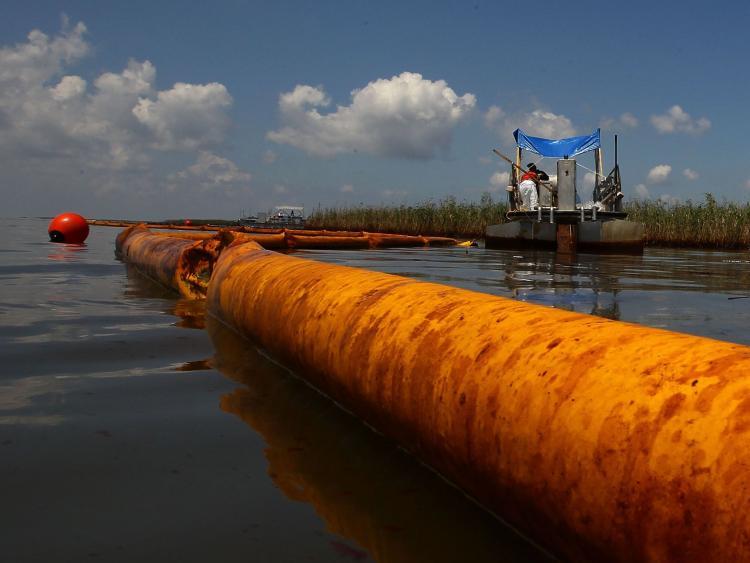Responders with the U.S. Environmental Protection Agency (EPA) have set up a containment boom to control the spread of oil following a gasoline spill in northwest Washington state on Sunday, officials have confirmed.
EPA officials placed approximately 1,600 feet of absorbent and containment boom downstream of the spill in Hill Ditch and Bulson Creek on Tuesday, the agency said on X, after roughly 25,660 gallons (97,100 liters) of gasoline was spilled.





